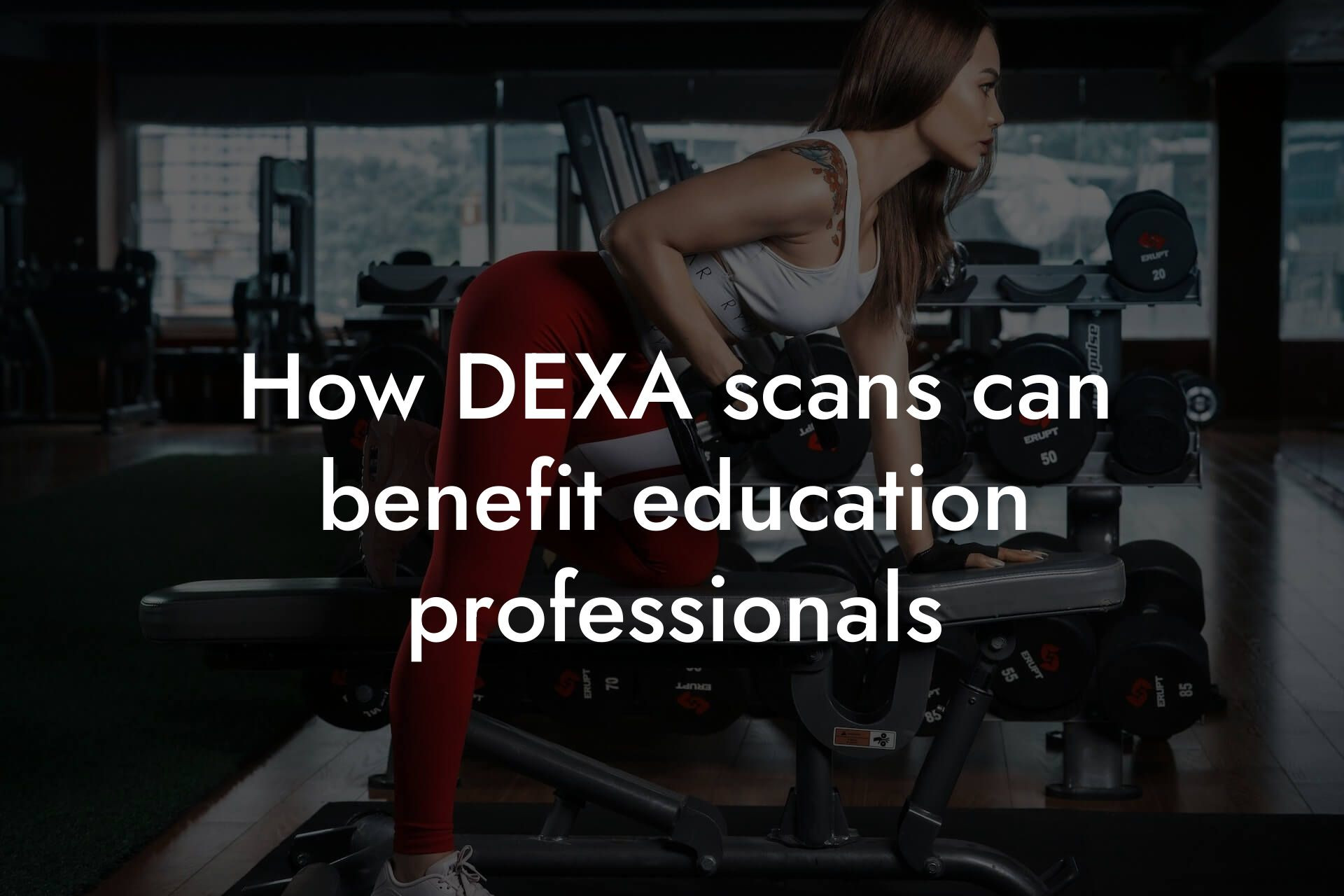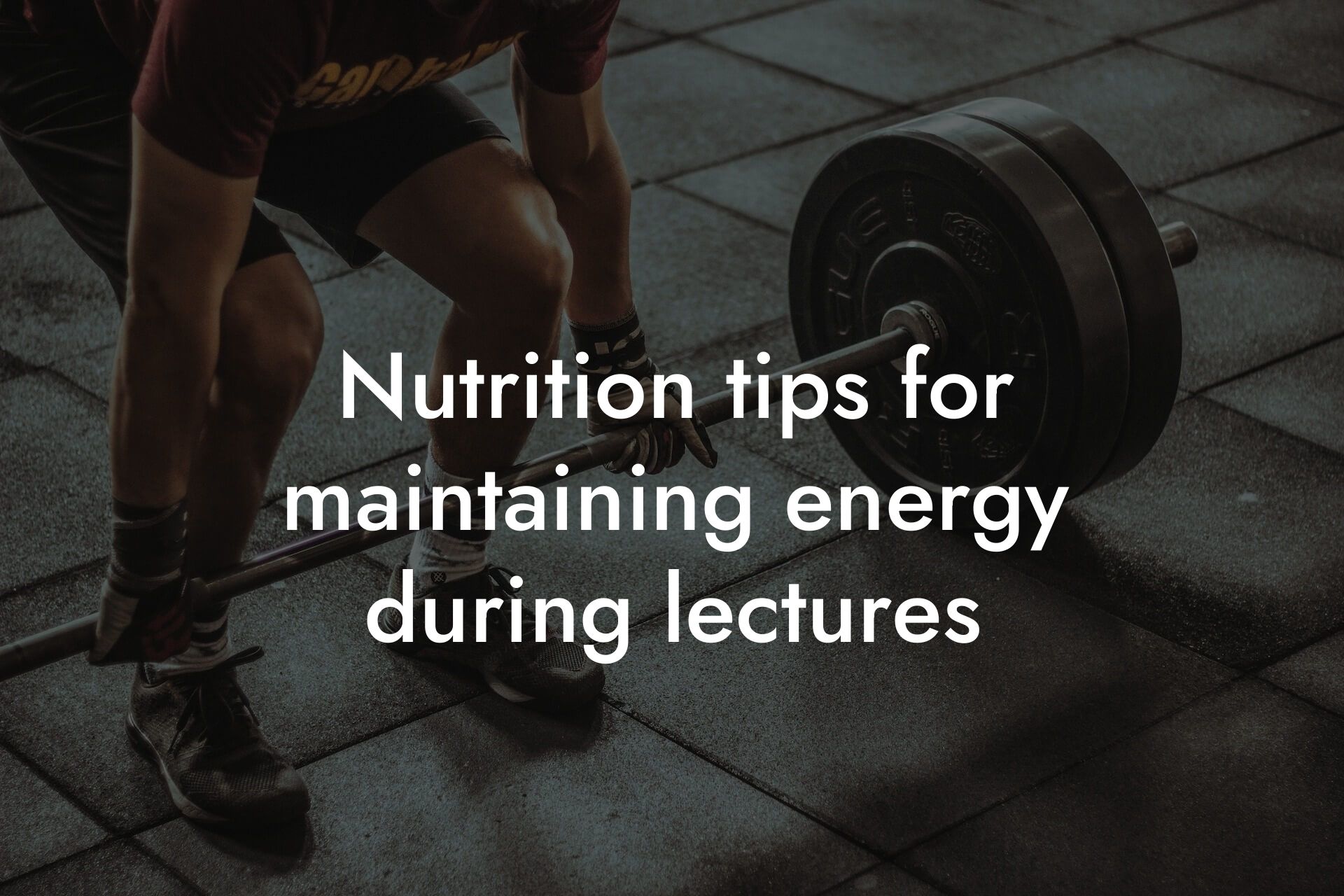As an educator, it can be challenging to prioritize your physical health and fitness amidst a busy schedule of teaching, grading, and mentoring. However, incorporating regular exercise into your daily routine can have a significant impact on your overall well-being, energy levels, and job performance. The good news is that you don't need to dedicate hours to exercise to reap the benefits. Even short, quick workouts during breaks can make a significant difference.
Table of Contents
Why Exercise is Essential for Educators
Teaching is a demanding profession that requires a high level of physical and mental energy. Long hours of standing, lecturing, and grading can take a toll on your body, leading to fatigue, stress, and burnout. Regular exercise can help mitigate these effects by improving your mood, reducing stress, and boosting your energy levels. Additionally, exercise has been shown to improve cognitive function, memory, and concentration, making it an essential component of a healthy and productive teaching practice.
The Benefits of Quick Workouts
Quick workouts are an excellent option for educators with limited time. These short, intense exercises can be done during breaks, such as lunch or planning periods, and can provide numerous benefits, including:
• Improved cardiovascular health
• Increased strength and flexibility
• Enhanced mental clarity and focus
• Reduced stress and anxiety
• Boosted energy levels
• Improved overall physical and mental well-being
Quick Workout Ideas for Educators
Here are some quick and effective workout ideas that can be done during breaks:
• Bodyweight exercises: Squats, lunges, push-ups, planks, and tricep dips can be done anywhere, anytime.
• Yoga or stretching: Take a few minutes to stretch your muscles, improve your flexibility, and reduce tension.
• Jumping jacks or burpees: Get your heart rate up with these high-intensity exercises that can be done in just a few minutes.
• Resistance band exercises: Use resistance bands to work out your arms, legs, and core.
• Short walks or jogging: Take a short walk around the block or do a few laps around the school to get your blood flowing.
• Desk exercises: Do chair squats, desk push-ups, or leg raises while sitting at your desk.
Creating a Quick Workout Routine
To make the most of your quick workouts, it's essential to create a routine that works for you. Here are some tips to get you started:
• Start small: Begin with short, 10-15 minute workouts and gradually increase the duration as you become more comfortable.
• Schedule it in: Treat your workouts as non-negotiable appointments and schedule them into your daily planner.
• Find a workout buddy: Exercise with a colleague or friend to make it more enjoyable and increase accountability.
• Mix it up: Vary your workouts to avoid boredom and prevent plateaus.
• Make it convenient: Keep your workout gear at school or in your car, so you can exercise whenever you have a spare moment.
Overcoming Barriers to Exercise
As an educator, you may face unique barriers to exercise, such as:
• Lack of time: You may feel that you don't have enough time to exercise, but even short workouts can be beneficial.
• Lack of energy: You may feel exhausted after a long day of teaching, but exercise can actually increase your energy levels.
• Lack of motivation: Find a workout buddy or accountability partner to help motivate you.
• Lack of access: Look for online workout resources, apps, or YouTube channels that offer quick and effective workouts.
Tracking Your Progress
To stay motivated and see the results of your quick workouts, it's essential to track your progress. Here are some ways to do so:
• Wearable fitness trackers: Use a fitness tracker to monitor your steps, heart rate, and other health metrics.
• Mobile apps: Download apps that track your workouts, provide exercise routines, and offer motivational tips.
• Journaling: Keep a workout journal to track your progress, note your achievements, and identify areas for improvement.
• Progress photos: Take progress photos to visualize your results and stay motivated.
As an educator, incorporating quick workouts into your daily routine can have a significant impact on your physical and mental well-being. By prioritizing your health and fitness, you can improve your job performance, increase your energy levels, and reduce stress and burnout. Remember, every minute counts, and even short workouts can make a difference. So, find a workout routine that works for you, track your progress, and get moving!
Take Your Fitness to the Next Level with Tano Performance Group
At Tano Performance Group, we understand the importance of physical fitness for high-earning professionals like educators. Our DEXA machine provides a comprehensive body assessment, giving you a detailed picture of your body composition, bone density, and other health metrics. With this information, you can create a personalized fitness plan that targets your specific needs and goals. Contact us today to learn more about our services and take your fitness to the next level!
Frequently Asked Questions
What inspired Tano Performance Group to create this article on quick workouts for educators?
Tano Performance Group recognizes the importance of physical health and wellness, especially for high-earning professionals like educators who often have demanding schedules. We understand that educators have limited time for self-care, which is why we created this article to provide them with quick and effective workout routines that can be fit into their busy schedules.
Why is it essential for educators to prioritize their physical health?
Prioritizing physical health is crucial for educators as it directly impacts their energy levels, mental clarity, and overall well-being. When educators are physically healthy, they are better equipped to manage the demands of their job, which can lead to improved job performance and a more positive work environment.
How can quick workouts during breaks benefit educators?
Quick workouts during breaks can help educators increase their energy levels, reduce stress, and improve their focus and concentration. Even short bursts of physical activity can have a significant impact on overall health and well-being, making it an ideal solution for educators with limited time.
What are some common challenges educators face when trying to fit in a workout routine?
Common challenges educators face when trying to fit in a workout routine include lack of time, limited access to fitness facilities, and feeling overwhelmed by the demands of their job. Our article aims to address these challenges by providing quick and effective workout routines that can be done anywhere, anytime.
Do I need to have prior fitness experience to follow the workout routines in this article?
Absolutely not! The workout routines outlined in this article are designed to be accessible to educators of all fitness levels. We provide clear instructions and modifications to ensure that everyone can participate and benefit from the exercises.
What type of equipment do I need to get started with the workouts in this article?
The good news is that you don't need any special equipment to get started with the workouts in this article. Most of the exercises can be done with bodyweight or minimal equipment, making it easy to fit in a workout anywhere, anytime.
How long do the workouts in this article take to complete?
The workouts in this article are designed to be quick and efficient, taking anywhere from 10-30 minutes to complete. We understand that educators have limited time, so we've created workouts that can be fit into even the busiest of schedules.
Can I do these workouts during my lunch break or do I need to wake up earlier?
You can do these workouts during your lunch break, before school, or whenever fits best into your schedule. The workouts are designed to be flexible and adaptable to your needs, so you can fit them in whenever works best for you.
Will I need to change my clothes or shower after the workouts in this article?
The workouts in this article are designed to be low-sweat and low-mess, so you won't need to change your clothes or shower afterwards. This makes it easy to fit in a workout during your break without worrying about the logistics.
Can I do these workouts with my colleagues or is it better to do them solo?
You can definitely do these workouts with your colleagues! In fact, exercising with others can be a great way to increase motivation and accountability. However, if you prefer to work out solo, that's okay too. The workouts in this article are designed to be adaptable to your needs and preferences.
How often should I do the workouts in this article to see results?
We recommend aiming to do the workouts in this article 2-3 times per week, depending on your schedule and fitness goals. Consistency is key, so even small amounts of exercise can add up to make a big difference in your overall health and well-being.
Will I need to track my progress or set specific fitness goals to get the most out of these workouts?
While tracking progress and setting specific fitness goals can be helpful, it's not necessary to get started with the workouts in this article. We provide clear instructions and guidance to help you get started, and you can always adjust your goals and tracking as you progress.
Can I modify the workouts in this article to suit my specific fitness needs or goals?
Absolutely! The workouts in this article are designed to be flexible and adaptable to your needs and goals. We provide modifications and variations to help you tailor the workouts to your individual needs and preferences.
How can I stay motivated to continue doing the workouts in this article?
Staying motivated can be a challenge, but we've got you covered! We provide tips and strategies throughout the article to help you stay motivated and engaged, from finding a workout buddy to tracking your progress and celebrating your successes.
What if I have a pre-existing injury or health condition? Can I still do the workouts in this article?
If you have a pre-existing injury or health condition, it's always best to consult with a healthcare professional before starting any new exercise routine. That being said, the workouts in this article are designed to be low-impact and adaptable, so you may be able to modify them to suit your individual needs. Just be sure to listen to your body and take regular breaks to avoid exacerbating any existing conditions.
How can I incorporate mindfulness and self-care into my workout routine?
Incorporating mindfulness and self-care into your workout routine can be as simple as taking a few deep breaths before you start, focusing on your form and technique, or taking a moment to stretch and relax after your workout. We provide tips and strategies throughout the article to help you prioritize mindfulness and self-care.
Will the workouts in this article help me lose weight or improve my body composition?
The workouts in this article are designed to improve overall health and well-being, rather than specifically focusing on weight loss or body composition. However, regular exercise and physical activity can certainly contribute to weight loss and improved body composition over time.
Can I do the workouts in this article at home, or do I need to go to a gym?
You can definitely do the workouts in this article at home! In fact, most of the exercises can be done in a small space, such as a classroom or office, making it easy to fit in a workout anywhere, anytime.
How can I make sure I'm getting enough rest and recovery time between workouts?
Rest and recovery are crucial for your body to repair and rebuild muscle tissue. We recommend aiming for at least 1-2 rest days per week, and taking regular breaks throughout the day to stretch and move your body.
What if I'm new to exercise or haven't worked out in a while? Will I be able to follow the workouts in this article?
Absolutely! The workouts in this article are designed to be accessible to educators of all fitness levels, including those who are new to exercise or haven't worked out in a while. We provide clear instructions and modifications to help you get started and progress at your own pace.
How can I make exercise a habit and incorporate it into my daily routine?
Making exercise a habit takes time and consistency, but it's definitely possible. We provide tips and strategies throughout the article to help you incorporate exercise into your daily routine, from scheduling it into your calendar to finding a workout buddy to hold you accountable.
What are some common mistakes educators make when trying to fit in a workout routine, and how can I avoid them?
Common mistakes educators make when trying to fit in a workout routine include trying to do too much too soon, not listening to their bodies, and getting discouraged if they miss a workout. We provide guidance and tips throughout the article to help you avoid these common mistakes and stay on track with your fitness goals.
How can I celebrate my successes and progress along the way?
Celebrating your successes and progress is an important part of staying motivated and engaged with your workout routine. We recommend taking progress photos, tracking your workouts, and treating yourself to something special when you reach a milestone.
What if I have questions or need further guidance on the workouts in this article?
If you have questions or need further guidance on the workouts in this article, please don't hesitate to reach out to us at Tano Performance Group. We're here to support you on your fitness journey and provide any additional guidance or resources you may need.
Here are some related articles you might love...
- The impact of physical health on student engagement
- How DEXA scans can benefit education professionals
- Nutrition tips for maintaining energy during lectures
- How educators can stay fit during long teaching days
- The role of physical fitness in classroom management
- Balancing grading and lesson planning with personal fitness
- Managing stress through physical fitness in teaching
- How to stay active in a sedentary teaching job
- The connection between fitness and effective teaching
Zak Faulkner
Zak Faulkner is a leading authority in the realm of physical health and body composition analysis, with over 15 years of experience helping professionals optimise their fitness and well-being. As one the experts behind Tano Performance Group, Zak has dedicated his career to providing in-depth, science-backed insights that empower clients to elevate their physical performance and overall health.
With extensive knowledge of DEXA technology, Zak specializes in delivering comprehensive body assessments that offer precise data on body fat, muscle mass, bone density, and overall physique. His expertise enables individuals to make informed decisions and achieve their fitness goals with accuracy and confidence. Zak’s approach is rooted in a deep understanding of human physiology, combined with a passion for helping clients unlock their full potential through personalised strategies.
Over the years, Zak has earned a reputation for his commitment to excellence, precision, and client-focused service. His guidance is trusted by top professionals who demand the best when it comes to their health. Whether advising on fitness programs, nutritional strategies, or long-term wellness plans, Zak Faulkner’s insights are a valuable resource for anyone serious about taking their health and fitness to the next level.
At Tano Performance Group, Zak continues to lead our Content Team revolutionising how professionals approach their physical health, offering unparalleled expertise that drives real results.




